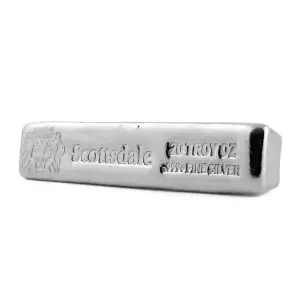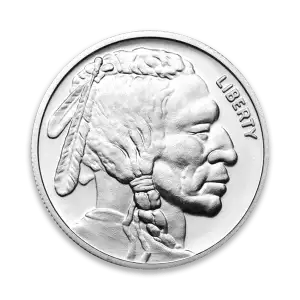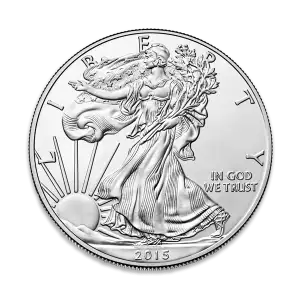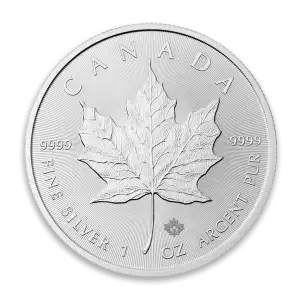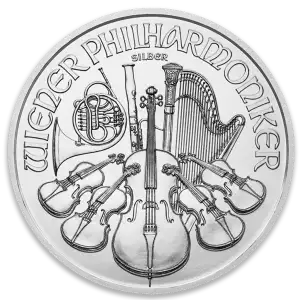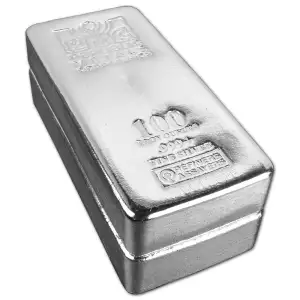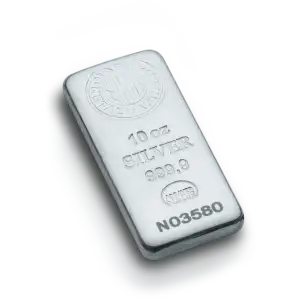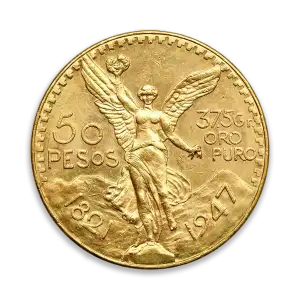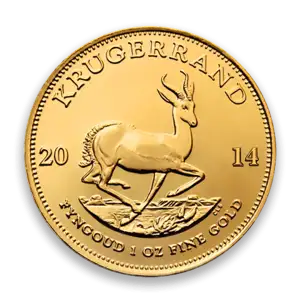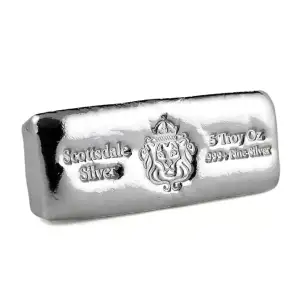What's the Difference and Which Should You Choose?
If you're considering investing in precious metals, you've likely come across two distinct categories: bullion coins and numismatic (or collectible) coins. While both can add value to your portfolio, they serve very different purposes and come with unique advantages and risks. This article serves as an investor's guide to bullion vs numismatic coins, helping you understand your options and make informed decisions.
Bullion coins are often valued for their role as an effective inflation hedge, helping protect your wealth against rising prices and economic uncertainty.
So, what's the difference between bullion and numismatic coins? And more importantly, which is right for you? Let's break it down.
Investing in Precious Metals
Bullion coins—such as the American Gold Eagle and Canadian Maple Leaf—are primarily purchased for their gold or silver content. These coins are valued based on their metal content and closely track the current market price, or spot price, of the underlying precious metal. Bullion coins are a straightforward investment, making them a favorite among bullion investors who want a cost-effective way to own physical gold or silver and preserve their purchasing power.
Ultimately, investing in precious metals—whether through gold bullion coins, silver coins, or rare numismatic pieces—requires a deep understanding of the market and a clear investment strategy. By doing your research and seeking guidance from professionals, you can confidently choose bullion coins for stability or explore numismatic coins for their unique collectible appeal. Either way, precious metals can play a valuable role in helping you achieve your financial goals and safeguard your wealth for the future.
What Are Bullion Coins?
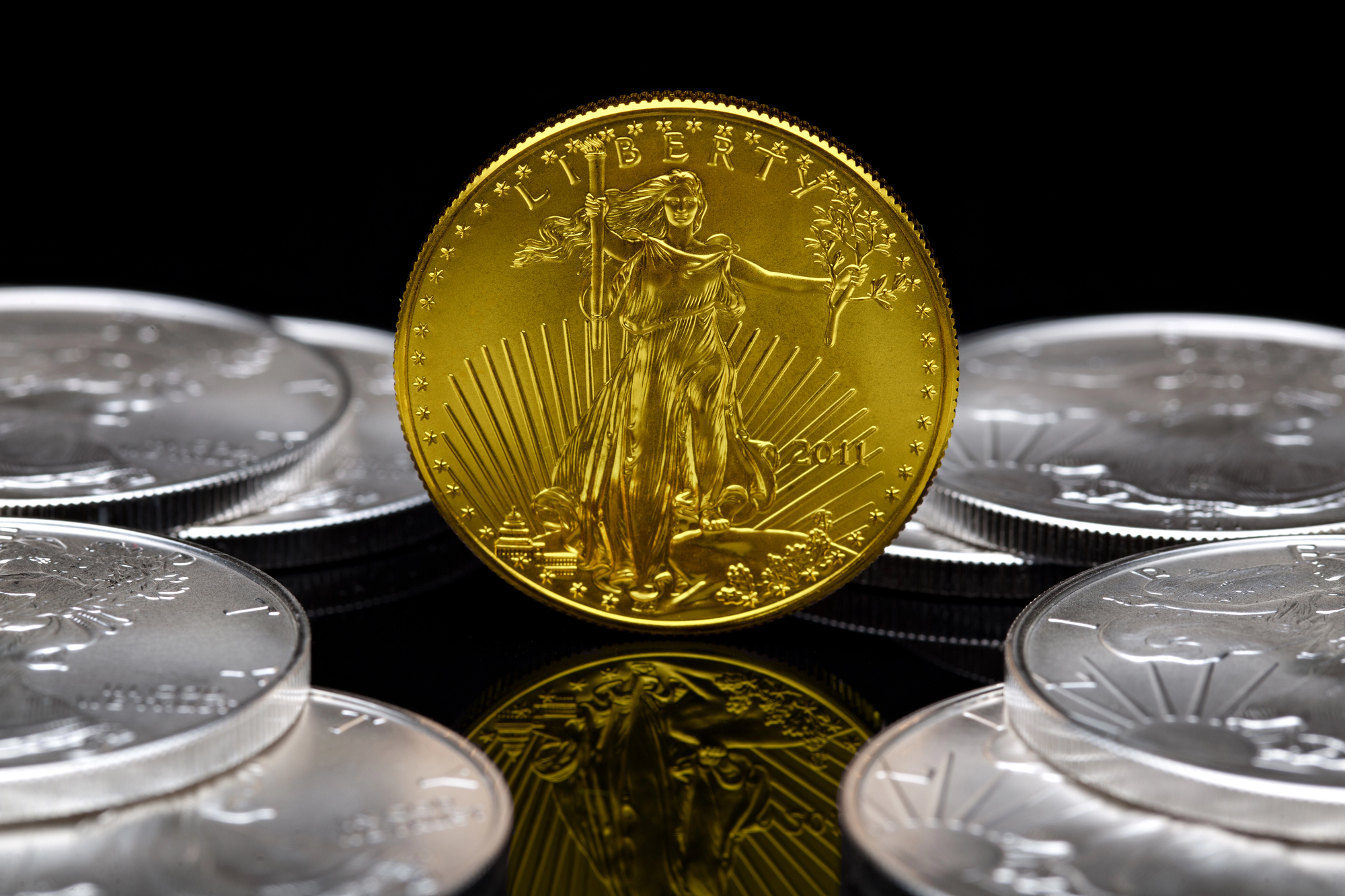
Bullion coins are investment-grade coins made from precious metals like gold, silver, platinum, or palladium. A bullion piece is a coin produced primarily for its metal content and investment purposes. These coins are valued primarily for their metal content, with their value primarily determined by the current market price of the precious metals they contain. Bullion coins have a face value assigned by the issuing authority, which is different from their market value. Bullion coins are a form of physical gold investment, and gold bullion coins are a popular example among investors.
Features:
- Produced by official mints and sometimes private mints, ensuring quality and standardization.
- Secondary market bullion coins or bars may offer low premiums compared to newly minted products.
Key Features of Bullion Coins:
- Minted for investment purposes
- Value is based on weight and metal purity (not rarity or age)
- Produced in large quantities
- Typically issued in Mint State or Brilliant Uncirculated condition, ensuring high quality
- Easy to buy, sell, and trade
- Examples:
- American Gold Eagle
- Canadian Maple Leaf
- South African Krugerrand
Advantages:
- Transparent pricing linked to the spot market
- High liquidity and global recognition
- Lower premiums over spot price
- Great for wealth preservation and hedging inflation
What Are Numismatic (Collectible) Coins?
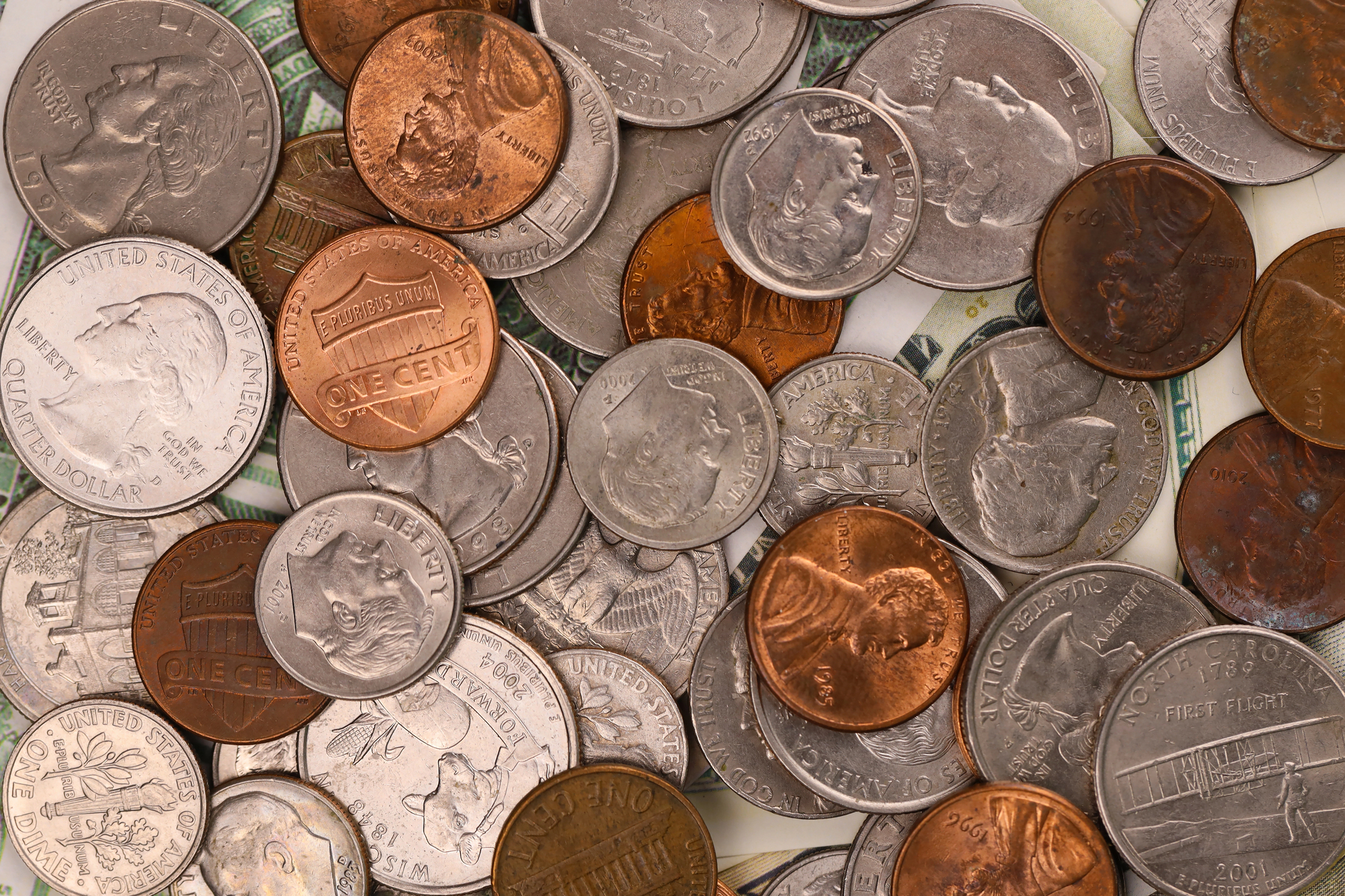
Numismatics, the study and hobby of coin collecting, focuses on coins that are valued for more than just their metal content. A numismatic coin is prized for its rarity, historical context, coin's condition, and collectible value, making it considered collectible and often incredibly rare. A collectible coin is one that holds value beyond its metal content due to its rarity, age, or appeal to collectors. Numismatic coins offer unique collectible and rare coins whose values are influenced by factors such as age, rarity, and demand among collectors, rather than just their intrinsic metal value. Investing in numismatic coins requires a deep understanding of rarity, historical context, and the coin's condition. It is essential to authenticate coins and use professional grading services to accurately assess their value and ensure legitimacy. A numismatic coin's condition, rarity, and historical context can make it incredibly rare and highly sought after, and such coins often command a higher premium due to their rarity and desirability among collectors. Some numismatic coins are issued to commemorate a specific event, or are produced as proof coins or collector coins, all of which are especially desirable to collectors. The investment potential and values of numismatic coins can appreciate significantly based on these factors, often surpassing the value of their metal content alone.
Key Features of Numismatic Coins:
- Often older coins or limited-edition releases
- May be proof coins or collector coins, valued for their craftsmanship and rarity
- Value depends significantly on the coin's condition
- Require grading (by services like NGC or PCGS)
- May have significant premiums above metal value
- Not tied directly to current gold/silver prices
- Examples:
- Pre-1933 U.S. Gold Coins
- Morgan Silver Dollars
- Roman or Greek ancient coins
Advantages:
- Potential for long-term appreciation
- Unique historical or aesthetic appeal
- Prices may rise independently of metal markets
- Ideal for experienced collectors and investors
Bullion vs. Numismatic Coins: Key Differences
Here is a table comparing the key differences between numismatic and bullion coins:
| Feature | Bullion Coins | Numismatic Coins |
| Primary Value | Values based on metal content | Values influenced by rarity, demand, and condition |
| Pricing | Spot price + small premium | Collector-driven, often high premiums |
| Liquidity | High | Moderate to low |
| Risk Level | Lower (follows market) | Higher (collector demand, grading) |
| Best For | Beginners, hedgers, investors | Experienced collectors or niche buyers |
| Face Value | Legal face value assigned; value based on currency denomination stamped on the coin | Face value is often irrelevant to market price |
Liquidity and Resale: How Easily Can You Sell?
When it comes time to sell, the liquidity of your coins can make a big difference in how quickly and easily you can access your investment's value. Bullion coins like the Canadian Maple Leaf are highly liquid, thanks to their standardization, recognized purity, and global demand. These coins can typically be sold to reputable dealers or other investors at prices very close to the current spot price of the metal, making them a flexible and reliable option for those who may need to sell quickly.
Numismatic coins, on the other hand, can be less straightforward to sell. Their value is influenced by rarity, condition, and collector demand, which means finding the right buyer can take more time. Selling numismatic coins often involves working with reputable dealers, specialized auction houses, or online marketplaces that cater to collectors. Prices can vary widely depending on market trends and the specific attributes of the coin, so patience and research are key.
Understanding the differences in liquidity and resale value between bullion and numismatic coins will help you set realistic expectations and plan your investment strategy accordingly. Whether you prioritize quick access to cash or are willing to wait for the right buyer, knowing how easily your coins can be sold is an important part of successful coin investing.
Valuation and Pricing: How Are Coins Priced?
Understanding how coins are valued and priced is essential for anyone interested in coin collecting or investing in precious metals. Bullion coins—such as gold and silver coins—are primarily valued for their metal content. Their price closely follows the current spot price of the underlying precious metal, like gold or silver. For example, a gold bullion coin such as the American Gold Eagle will be priced based on its gold content and the current market price of gold, with only a small premium added for minting and distribution.
In contrast, numismatic coins are valued on a much broader set of criteria. While the metal content still plays a role, the numismatic value—which can far exceed the value of the metal itself—is determined by factors such as rarity, historical significance, the coin's condition, and collector demand. A rare coin with a unique backstory or one that is in exceptional condition can command a much higher price than its gold or silver content alone would suggest.
Whether you're buying or selling, understanding these pricing mechanisms is crucial. Bullion coins offer transparent, market-driven pricing, while numismatic coins require a deeper understanding of the coin's history, rarity, and current market trends. This knowledge will help you make informed decisions and ensure you pay or receive a fair price for your coins.
Storage and Security: Keeping Your Investment Safe
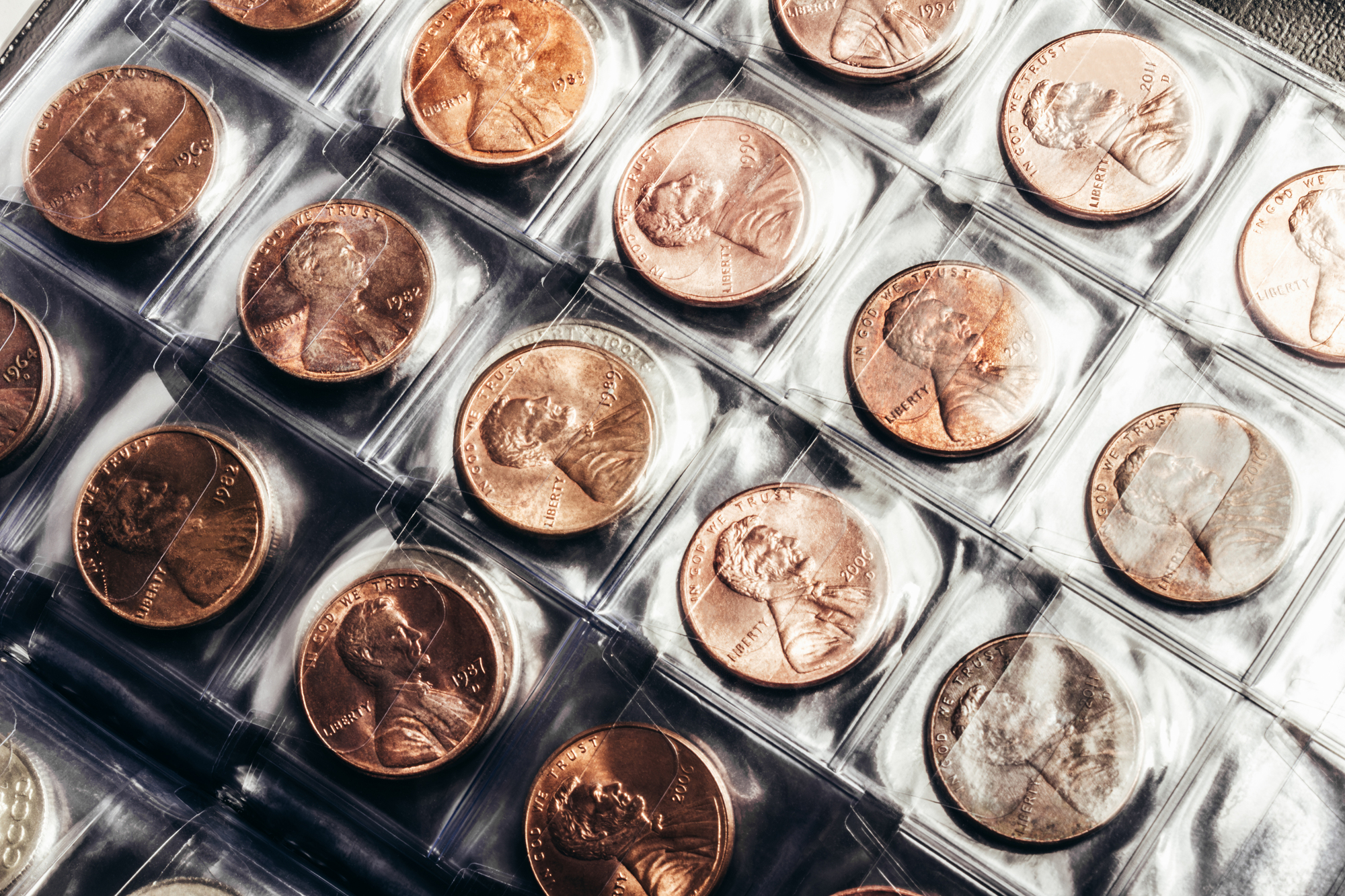
Protecting your investment in bullion and numismatic coins starts with proper storage and security. Since bullion coins derive their value mainly from their precious metal content, it's important to keep them in a secure location to prevent theft or loss. Many investors choose bank safe deposit boxes, high-quality home safes, or specialized storage facilities designed for precious metals to safeguard their holdings.
Numismatic coins require even more careful handling. Because their value often depends on rarity, historical significance, and the coin's condition, it's essential to store them in a way that preserves their quality. Using acid-free holders, protective plastic cases, or archival-quality materials can help prevent damage from moisture, air, or handling. For high-value coins, insurance coverage is a smart way to protect against unforeseen loss or theft.
Whether you're storing bullion or numismatic coins, taking these precautions ensures your investment remains secure and retains its value over time. Proper storage not only protects your coins physically but also helps maintain their appeal and marketability for years to come.
Pros and Cons
Bullion Coins
Pros:
- Simple to understand
- Easier to buy/sell
- Strong hedge against inflation
- Widely accepted worldwide
Cons:
- No collector premium
- Value may fluctuate with metal market
Numismatic Coins
Pros:
- Higher potential returns
- Collectible and historically valuable
- Can outperform bullion in certain markets
Cons:
- Requires expertise
- Less liquid
- Subject to grading and authentication risks
Should You Invest in Bullion or Collectible Coins?
The answer depends on your goals:
- Want to preserve wealth or hedge inflation?
→ Bullion is your best bet. - Interested in history, rarity, or long-term potential?
→ Numismatic coins may be for you. - Want to diversify your portfolio within precious metals?
→ Consider a mix of both.
Which Is Right for You?
Whether you're a first-time investor or a seasoned coin enthusiast, understanding the difference between bullion and numismatic coins is crucial. Bullion coins offer a straightforward, market-driven way to invest in gold or silver, while numismatic coins open the door to history, art, and potentially high rewards — with higher risk.
Need Help Deciding?
Still unsure whether bullion or rare coins fit your investment strategy?
Let our team at Copper State Coin & Bullion guide you!

